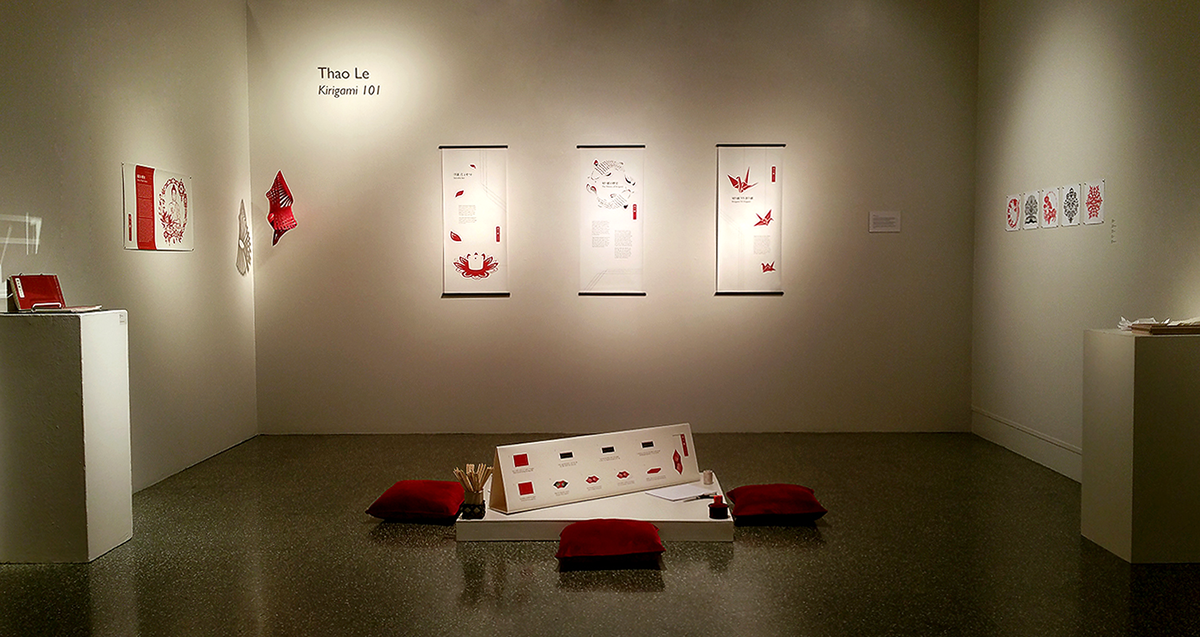
Introduction
Kirigami comes from the Japanese words "kiru" (to cut) and "kami" (paper). Kirigami can be symmetrical or not, but are always decorative and sometimes even functional. It is similar to origami because some folding is involved, but different because the primary method of creating a design is the skillful cutting of the paper. In the United States, the term kirigami was introduced to paper crafters by Florence Temko in 1962. The practice was described in detail in her book Kirigami, the Creative Art of Papercutting.
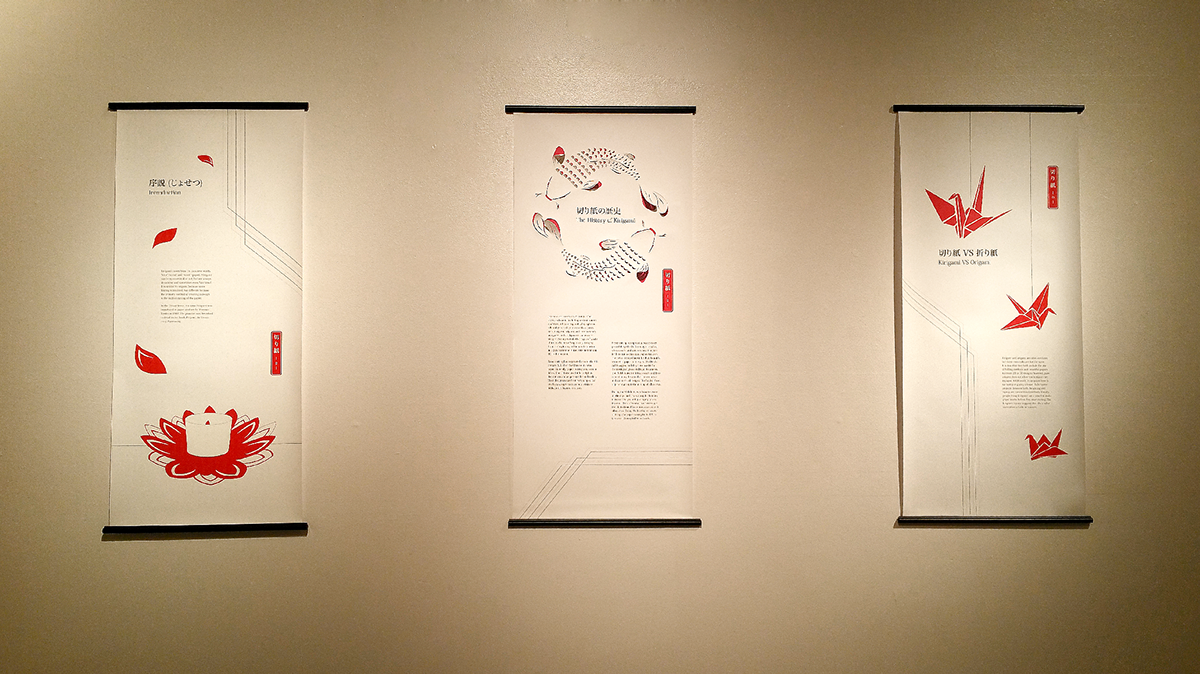
The History of Kirigami
Japanese art covers a wide range of art styles and media, including ancient pottery, sculpture, ink painting and calligraphy on silk and paper, ukiyo-e woodblock prints, kirie, kirigami, origami, and more recently manga — modern Japanese cartoons — along with a myriad of other types of works of art. It also has a long history, ranging from the beginnings of human habitation in Japan, sometime in the 10th millennium BC, to the present. Paper cutting have originated around the 4th century A.D. after the Chinese invented paper. Naturally, paper cutting was soon to follow. The Chinese used it for religious decorations and as patterns for embroidery. Their designs range from very simple, flat one layer designs to extremely intricate folded, multi-layered creations. Paper cutting has spread to nearly every part of the globe. In Germany, it is called scherenschnitte, and was used as a template for furniture decorations and embroidery. The Swiss are also known for their beautiful symmetric paper cut designs. The Dutch call it knippen, and they used it for decorating religious and legal documents. The Polish name for it is wycinanki, and have created many designs that feature nature and symmetrical designs. The English form of paper cutting is the making of silhouettes. During the Middle Ages, silhouettes were all the rage, and it was a way for families to record images until photography was invented. This, of course, is where we get the old-fashioned Valentines adorned with silhouettes. Today, the best known center of design for paper cutting in the U.S. is Lancaster County in Pennsylvania.
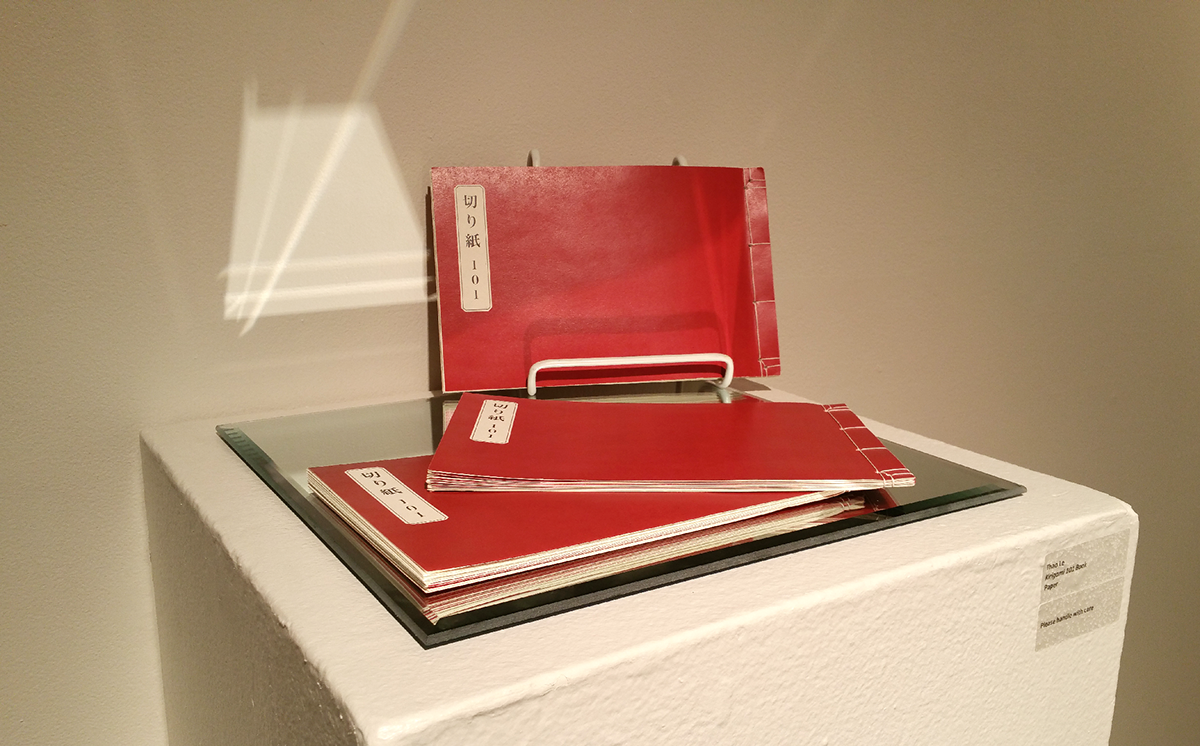
Handcut Kirigami 101 Book.
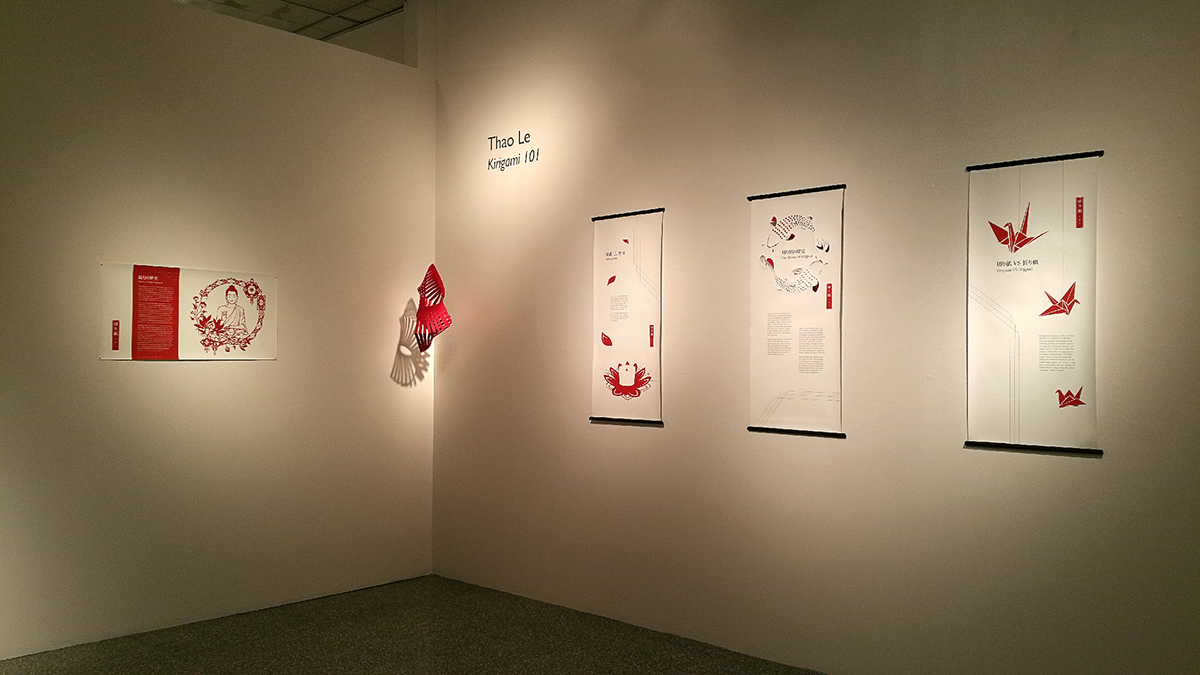
Kirigami VS Origami
Kirigami and origami are often confused. But these two crafts are not the same. It’s true that they both include the use of folding methods and beautiful papers to create 2D or 3D designs. However, pure origami does not allow you to make cuts in paper. Additionally in origami, there is no taping or gluing allowed. In Kirigami projects, however both the gluing and taping are conventional methods. Usually, people doing Kirigami use a pencil to make paper marks before they start cutting. The Kirigami history suggests that crafter uses either a knife or scissors.
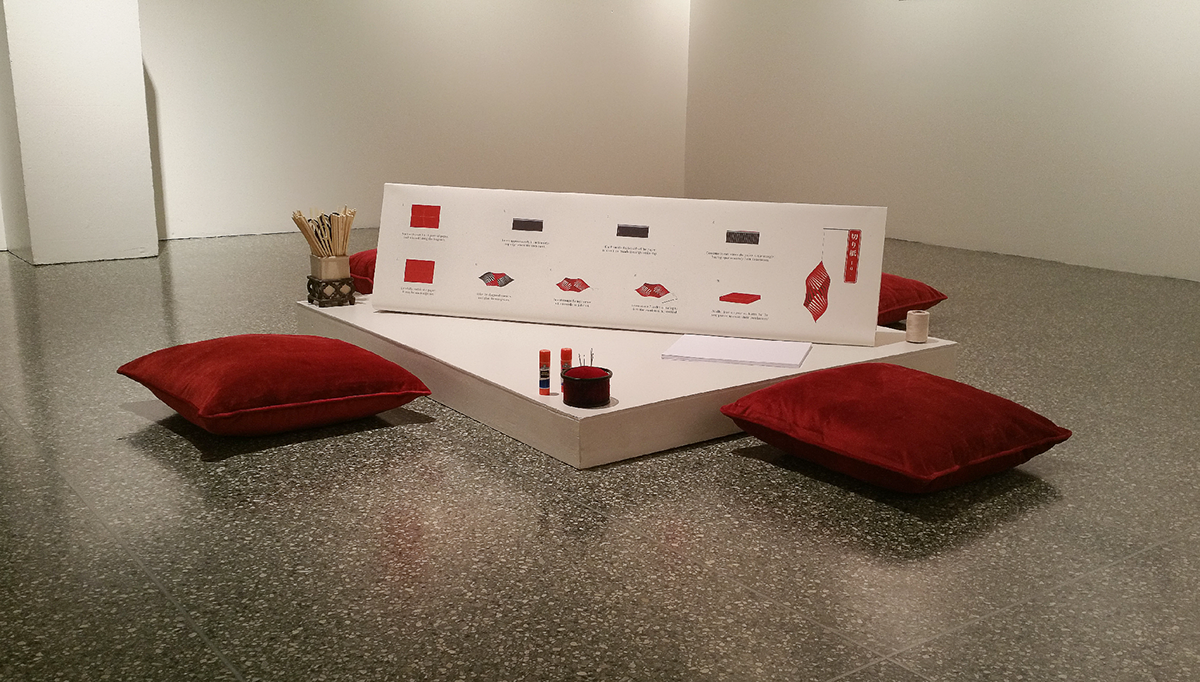
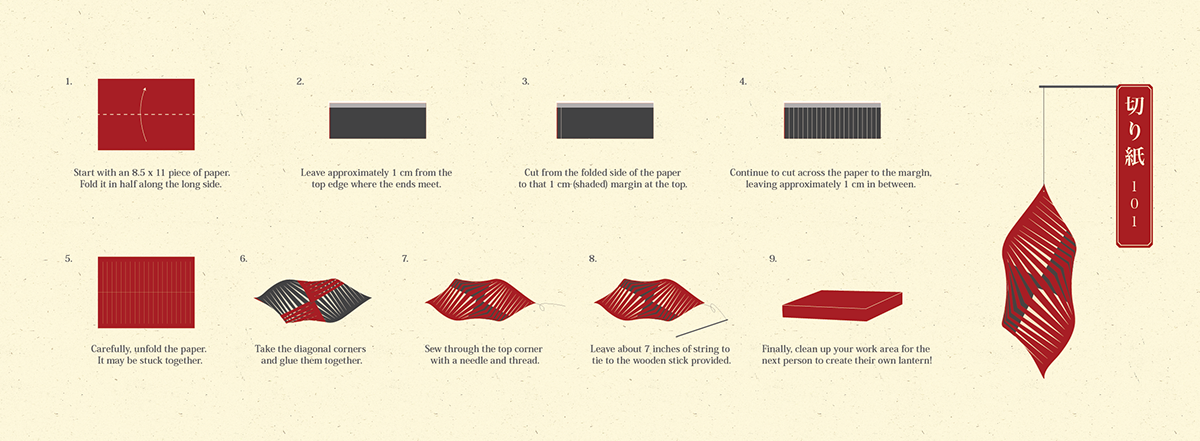
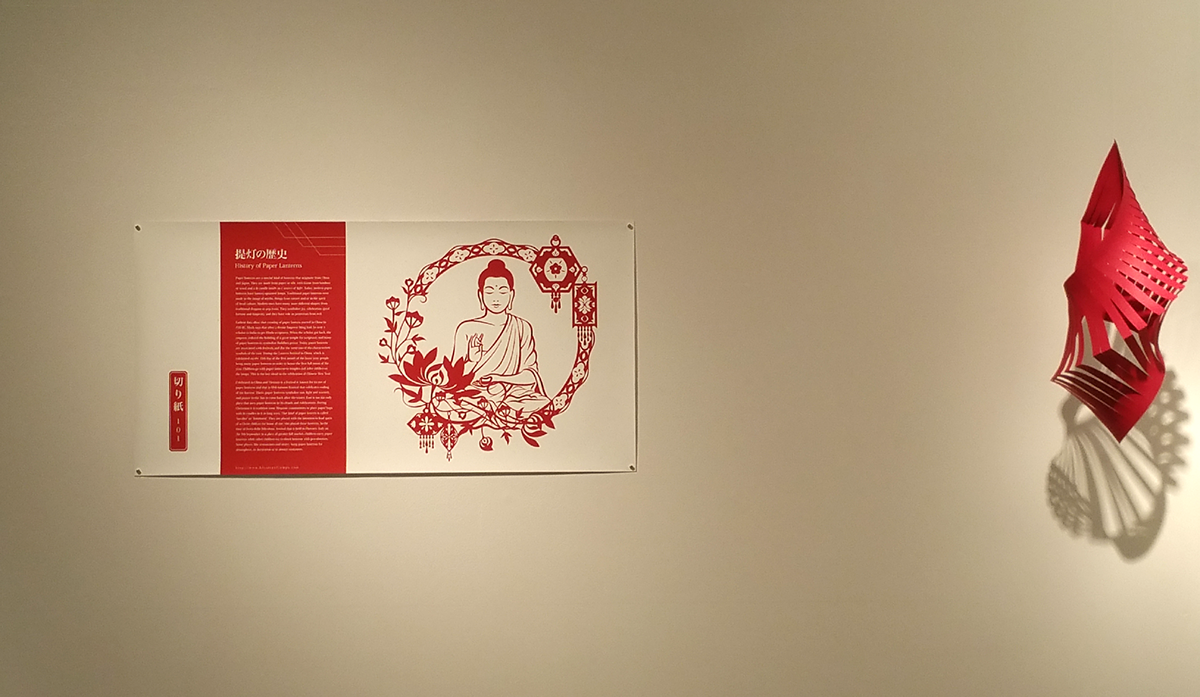
History of Paper Lanterns
Paper lanterns are a special kind of lanterns that originate from China and Japan. They are made from paper or silk, with frame from bamboo or wood and a lit candle inside as a source of light. Today, modern paper lanterns have battery-operated lamps. Traditional paper lanterns were made in the image of myths, things from nature and or in the spirit of local culture. Modern ones have many more different shapes: from traditional dragons to pop icons. They symbolize joy, celebration, good fortune and longevity, and they have role as protectors from evil.
Earliest data show that creating of paper lantern started in China in 230 BC. Myth says that after a dream Emperor Ming had, he sent a scholar to India to get Hindu scriptures. When the scholar got back, the emperor ordered the building of a great temple for scriptures and many of paper lanterns to symbolize Buddha’s power. Today, paper lanterns are associated with festivals and (for the west) one of the characteristic symbols of the east. During the Lantern Festival in China, which is celebrated on the 15th day of the first month of the lunar year, people bring many paper lanterns in order to honor the first full moon of the year. Children go with paper lanterns to temples and solve riddles on the lamps. This is the last ritual in the celebration of Chinese New Year.
Celebrated in China and Vietnam is a festival is known for its use of paper lanterns and that is Mid-Autumn Festival that celebrates ending of the harvest. There, paper lanterns symbolize sun, light and warmth, and prayer to the Sun to come back after the winter. East is not the only place that uses paper lanterns in its rituals and celebrations. During Christmas it is tradition some Hispanic communities to place paper bags with lit candles in it in long rows. That kind of paper lantern is called “farolito” or "luminaria”. They are placed with the intention to lead spirit of a Christ child to the home of one who placed those lanterns. In the time of Festa della Rificolona, festival that is held in Florence, Italy on the 7th September in a place of greater fall market, children carry paper lanterns while other children try to shoot lanterns with pea-shooters. Some places, like restaurants and stores, hang paper lanterns for atmosphere, as decoration or to attract customers.
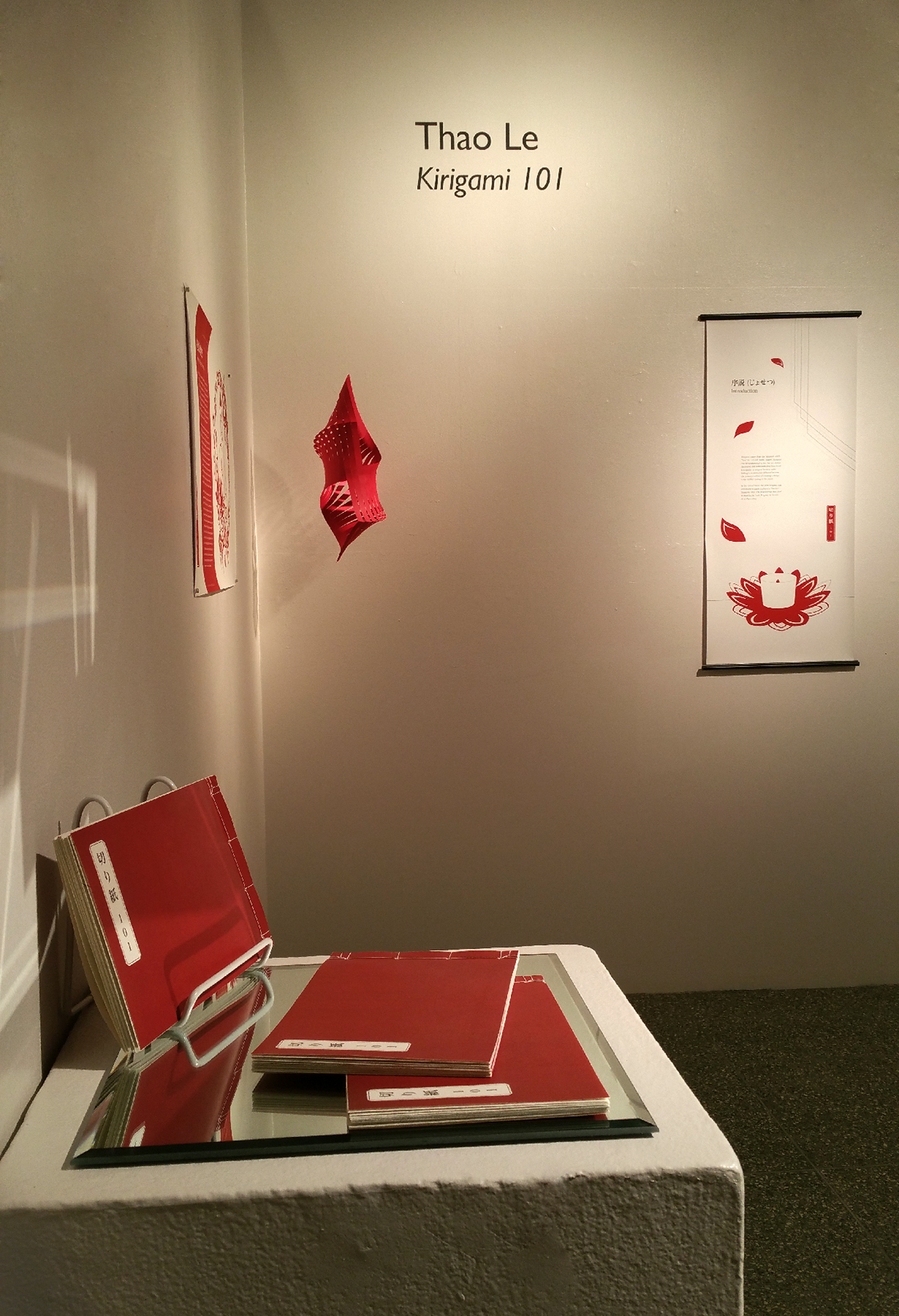
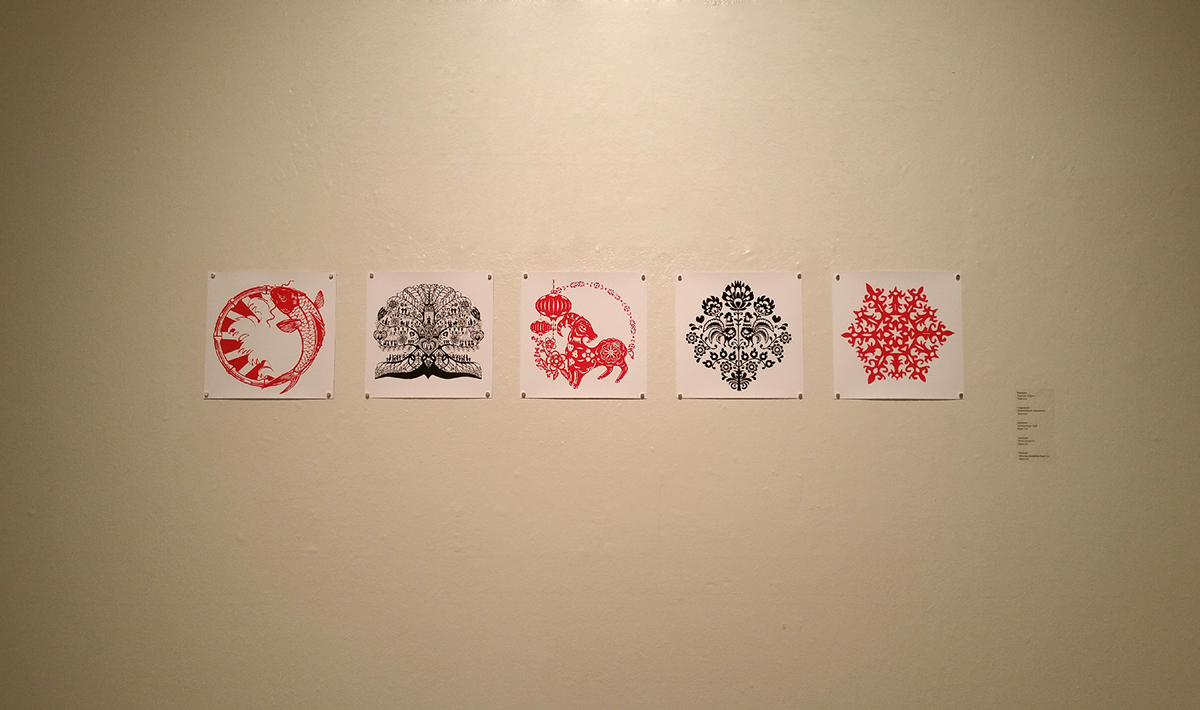
Examples of the different culture mentioned earlier. Order: Japanese, German, Chinese, Polish, American.
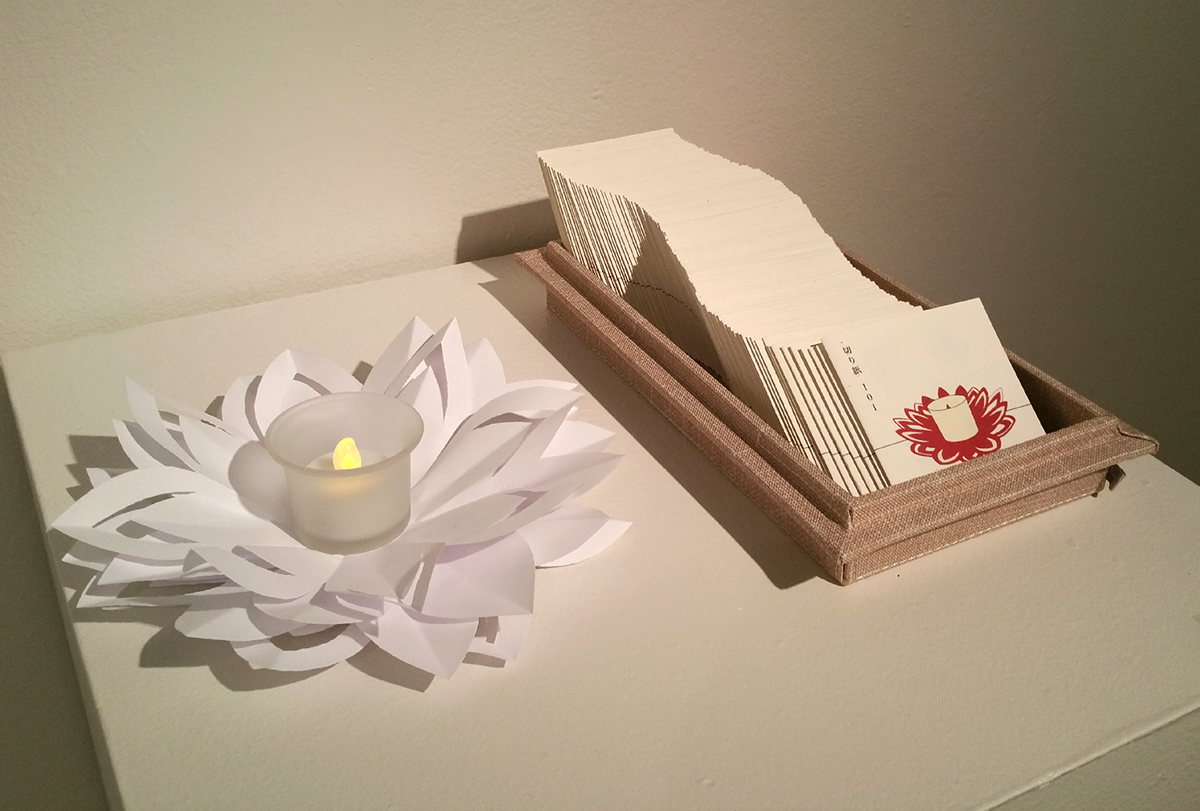
Handmade takeaways from the show.
Everyone took part in the interactive portion of the exhibition!









